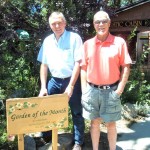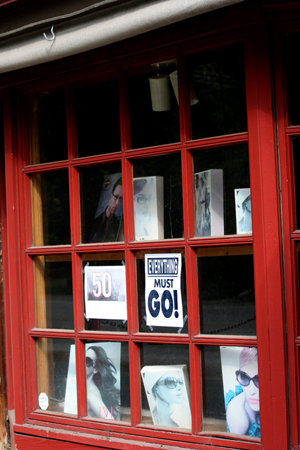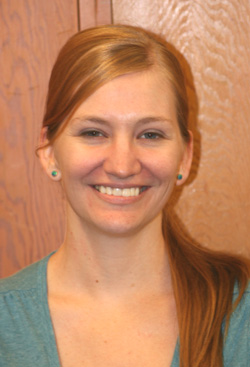GSOB confirmed in Pine Cove; Hill to be part of expanded Zone of Infestation
At a Wednesday April 24 Mountain Area Safety Taskforce meeting, CAL FIRE Forester Gregg Bratcher said DNA analysis confirmed Goldspotted oak borer infestation of a black oak in Pine Cove. Confirmation of the Pine Cove tree greatly expands the known micro zones of Hill GSOB infestation. Inspections by Mountain Communities Fire Safe Council teams in Pine Cove indicate more possible GSOB infected oaks.
Previously, GSOB infected trees were in four zones — one along Highway 243 in the center of Idyllwild, another near Town Hall, a third on Marion View near the American Legion, and a fourth on west Marion View on the other side of Highway 243 nearer Idyllwild Arts. Although not contiguous, these zones were closer together than the new discovery in Pine Cove, which indicates wider GSOB infestation than previously known. University of California Riverside GSOB project coordinator Kevin Turner said the Hill would be added to a Zone of Infestation expanded from the San Diego County original locus.
“We’re seeing new GSOB trees at the rate of about one per week and that’s in the winter,” said Bratcher. Bratcher noted costs of taking down GSOB infected oaks average between $1300 and $1700. Bratcher said that if CAL FIRE grants are used to remove a tree, then no firewood can be left behind. He warned the assembled taskforce that CAL FIRE funding for removing GSOB trees ends in September. “We’ve applied for an extension of the grant but if it is not approved our role would be limited to education only and cost of removal would fall on the landowner.” Southern California Edison representative Dave Simmons has said that Edison would remove GSOB trees that threaten Edison lines at no cost to landowner, at least at this point in the outbreak.
Forest Service entomologist Dr. Tom Coleman advised the taskforce that the GSOB flight season begins in May and still wider infestation is likely. Coleman said he had brought GSOB traps to track beetle migration during flight season which runs through July.
In response to an audience question about the efficacy of topical sprays, Coleman said all research at this point has been lab based and not field tested to any level of certainty. Coleman is using control trees in heavily infested San Diego and noted it is a five to 10 year project to adequately field test efficacy of insecticides on GSOB and have certifiable results “It is not easy to save a tree with insecticides,” said Coleman and advised that treatments done here, without control trees for comparison, would not be very research oriented. Should a landowner choose to spray a high value oak with chemicals that have shown some efficacy in laboratory tests, Coleman recommended the oak should best be uninfected. “And you have to have a certified applicator,” he said. Although there is no proof yet of how long protection from spraying might last, Coleman said it should occur at least once a year.
Coleman recommended anyone with black oaks and questions about GSOB treatment options should consult www.gsob.org, “Pest Notes,” the latest information currently available. From “Pest Notes,” dated January 2013 is the following regarding chemical controls:
“Although research testing various insecticides for GSOB management is underway, results are too preliminary to provide precise guidelines for this newly arrived species. In general, insecticide treatments for controlling wood borers are more effective for preventing infestation of healthy trees than combating existing infestations. Trees with moderate to severe injury are likely to be difficult if not impossible to save with current management tools. Severely infested trees should be removed rather than sprayed and wood from these trees properly managed to prevent GSOB spread. Some of the information provided here is based on other related borers, especially the emerald ash borer. The insecticide products most likely to be effective against GSOB are available only to state licensed and county registered pesticide applicators . . . Property owners should hire a pest control professional who has the experience and proper equipment for treating large oak trees.”
Turner spoke about analysis of the large GSOB infected oak across from the American Legion on Marion View Drive. He noted it was highly infested and that ring analysis seemed to indicate infestation had been there for at least three years.







